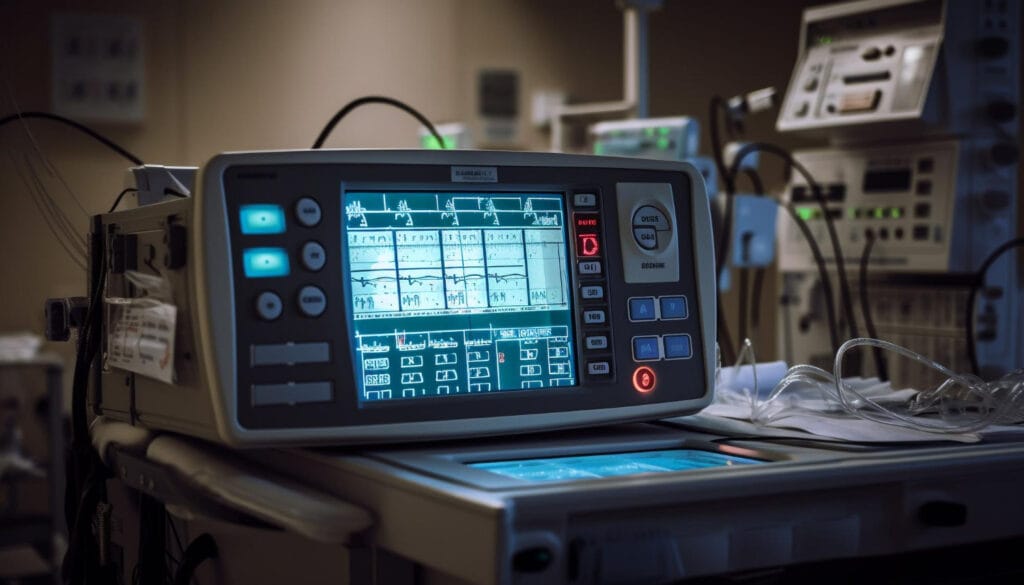Healthcare is continuously advancing and becoming more technology-led with time. It, in turn, has drastically improved the quality of care patients now receive. Chief amongst these advances is the inclusion of telemedicine and remote monitoring services, which have made a world of difference to modern healthcare systems worldwide.
In this blog post, we’ll take an in-depth look at how telemedicine and remote monitoring social tools are impacting healthcare for the better – from reducing medical costs to increasing patient engagement—and explore why these technologies should be embraced!

Overview of Telemedicine and Remote Monitoring
Telemedicine and remote monitoring are transforming the way healthcare is delivered, making it more accessible, efficient, and cost-effective. By using technology to overcome distance barriers, patients can receive medical services and monitor their health from the comfort of their own homes.
Telemedicine allows healthcare providers to expand their reach beyond physical borders and provide care to patients in rural or underserved areas. Remote monitoring, on the other hand, enables doctors to track patients’ vital signs and health status remotely, reducing the need for frequent office visits and hospitalizations. With telemedicine and remote monitoring, patients can receive timely interventions, leading to better health outcomes and improved quality of life.
Benefits of Telemedicine and Remote Monitoring
In today’s fast-paced world, it’s not always easy to get to the doctor’s office. Luckily, Telemedicine and Remote Monitoring are becoming increasingly popular options for healthcare. Patients can communicate with their healthcare providers and receive medical care from the comfort of their own homes, saving time and money by using a free app for drug discounts.
Telemedicine can also reduce the spread of illness by limiting in-person visits. Remote monitoring allows doctors to keep a closer eye on patients with chronic conditions, making it easier to catch and manage any potential issues quickly. These technologies are changing the way we think about healthcare, making it more accessible and convenient for everyone.
Challenges Associated with Telemedicine and Remote Monitoring
Telemedicine and remote monitoring have brought about significant advances in healthcare, particularly in terms of ensuring access to care for underserved populations. However, these technologies are not without their challenges.
One major issue is the potential for technical difficulties, which can make it difficult to effectively diagnose and treat patients. Additionally, there is a risk of data breaches and other security concerns when transmitting sensitive medical information over the Internet.
Some patients may not have access to the necessary medical technology or may not feel comfortable using it, which can limit the effectiveness of telemedicine and remote monitoring. It’s clear that while there are important benefits to these technologies, it’s also important to address the challenges they present to ensure that all patients can receive the best possible care.
Examples of Successful Implementations of Telemedicine and Remote Monitoring
Telemedicine and remote monitoring have been revolutionary in the healthcare industry, providing an efficient solution to medical consultations from the comfort of people’s homes. With numerous success stories all around the world, it’s no surprise that this technology has helped bridge the gap between healthcare providers and those in need.
For instance, in rural areas of Australia, telemedicine has made it easy for patients to get access to specialized medical care without having to travel long distances. Similarly, remote monitoring has also proved to be tremendously successful, especially in managing chronic illnesses such as diabetes and hypertension.
Through remote monitoring, doctors can track the patients’ vital signs, medications, and lifestyle habits and make necessary adjustments accordingly. It’s crystal clear that telemedicine and remote monitoring are slowly but surely transforming the healthcare industry, improving access to quality medical care and helping people lead healthier lives.
Potential for Expanded Use of Telemedicine and Remote Monitoring
With the advancements in technology and the current global pandemic, there is great potential for expanded use of telemedicine and remote monitoring. These innovative methods allow patients to connect with their healthcare providers from the comfort of their own homes, creating a more convenient and efficient healthcare experience for everyone involved.
Not only does telemedicine and remote monitoring decrease the need for in-person visits, but it also increases access to healthcare for individuals who may live in rural or remote areas. Telemedicine and remote monitoring also have the potential to decrease healthcare costs and improve patient outcomes.
With the current climate, it’s clear that this technology has become essential and will likely continue to play a crucial role in healthcare even beyond the pandemic.
Perspectives From Health Care Providers on the Impact of Technology in Healthcare
Healthcare providers have a unique perspective on the impact of technology in the field of healthcare. With the implementation of electronic health records, telemedicine, and other technological advancements, healthcare providers can provide more efficient and effective care to their patients.
These advancements have also provided opportunities for providers to better communicate with each other, leading to improved collaboration and coordination of care. However, there are also drawbacks to these technologies, such as the potential for technology to replace the human touch and the need for providers to keep up with constantly evolving systems and practices.
Despite these challenges, it’s clear that technology will continue to play a significant role in shaping and improving the future of healthcare.
In Conclusion
As technology in healthcare continues to evolve and become ever more advanced, it’s clear that telemedicine and remote monitoring have the potential to revolutionize healthcare.
These methods provide improved access to care for those who may be unable to physically visit a doctor and better health outcomes overall due to timely interventions made possible by remote physicians.
While there are currently some impediments to the increased use of these methods, creative solutions such as video conferencing platforms or the repurposing of existing medical hardware can go a long way in overcoming these challenges.

